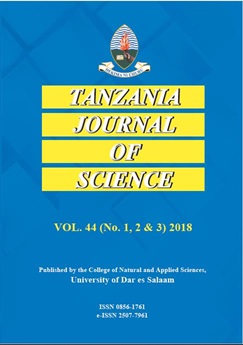Effects of Roasting Conditions on the Proximate Composition and Functional Properties of Common Bean (Phaseolus vulgaris) Flours
Abstract
Roasting of dry beans presents the possibility of a value-added product with improved nutritional quality and potential use in different food systems. The effect of roasting on the proximate composition and functional properties of dry beans (Phaseolus vulgaris L.) was determined. Beans were roasted at 140, 170, and 200 °C for 5, 10, and 15 minutes. The moisture, carbohydrate, protein, dietary fibre, total ash and fat contents of the flours ranged from 4.58 to 6.72%, 56.21 to 60.51%, 23.09 to 26.74%, 4.12 to 7.01%, 3.94 to 4.58% and 1.28 to 2.10%, respectively. An increase in roasting temperature and time significantly reduced moisture and carbohydrate contents, but increased fat, fibre and ash contents. Foaming capacity, foam stability, water absorption index, water solubility index and water absorption capacity varied from 6.16 to 45.14%, 2.10 to 30.68%, 4.20 to 5.12 g/g, 10.74 to 17.15 g/g and 1.77 to 2.2 g/g, respectively. Increasing roasting temperature and time impacted functional properties of flours. Pasting properties of bean flour pastes were significantly reduced. Flour from roasted beans (FRBs) can serve as a functional ingredient and nutrient enhancer in the food industry. In order to increase shelf life and nutrient density of bean flours, the beans should be roasted at 200 °C.
Keywords: Beans; roasting temperature; roasting time.


